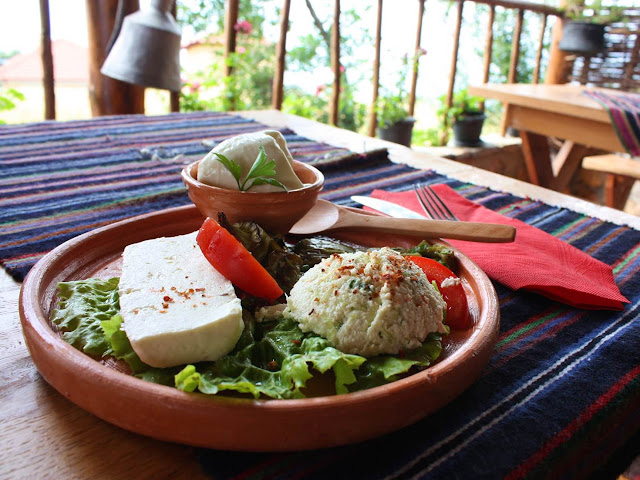Wizz Air Introduces new Flights to Malta, Rome and Vaxjo from Skopje
On
Februar 28, 2017
In
Skopje
Low-cost airline "Wizz Air" will introduce flights from Skopje to Malta, Rome and Vaxjo (Sweden) on July 14-16, in parallel with adding one more aircraft to the Skopje airport fleet.
Wizz Air also marks the 3-million mark in the number of passengers from and to Macedonia with a 20-percent discount on Tuesday's bookings for flights from Skopje to any of 27 destinations.
"Addition of the fourth aircraft to the Skopje base, the three new destinations and the increased frequency on existing flights means more jobs in Macedonia and Wizz Air, but also our business partners. This will also provide an incentive to the tourism and hospitality industries and enhance business relations in Macedonia", said Owain Jones, Wizz Air Chief Corporate Officer, at today's promotion.
Minister of Transport and Communications Vlado Misajlovski stressed the government is continually implementing successful policies in the airline sector, which yield concrete results. "Since 2012, the government's financial support has resulted in the introduction of 28 flights to European cities, transporting more than half of the passengers using Macedonian airports. I expect the number of increase following the launch of the three new destinations", said Misajlovski. Alper Ersoy, general manager of airports' concessionaire TAV Macedonia, expects huge interest for the new flights. "These three destinations, along with the already announced flight to Budapest launching on April 2, are truly attractive at the market. This is a result of our continual marketing-studies and activities", added Ersoy. Wizz Air operates 29 flights to 13 countries from the Skopje and Ohrid airports.




















































